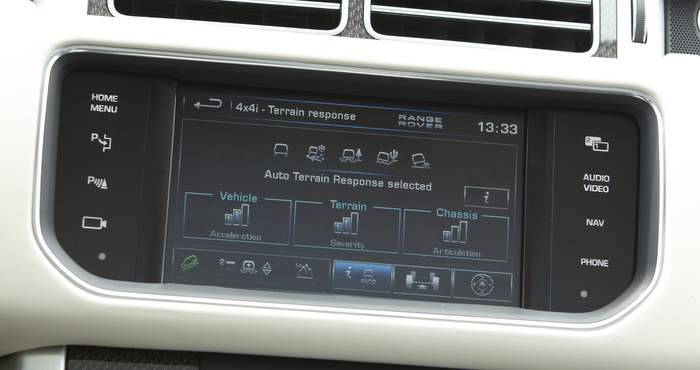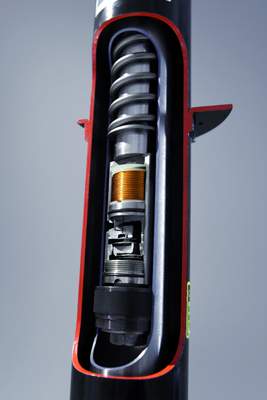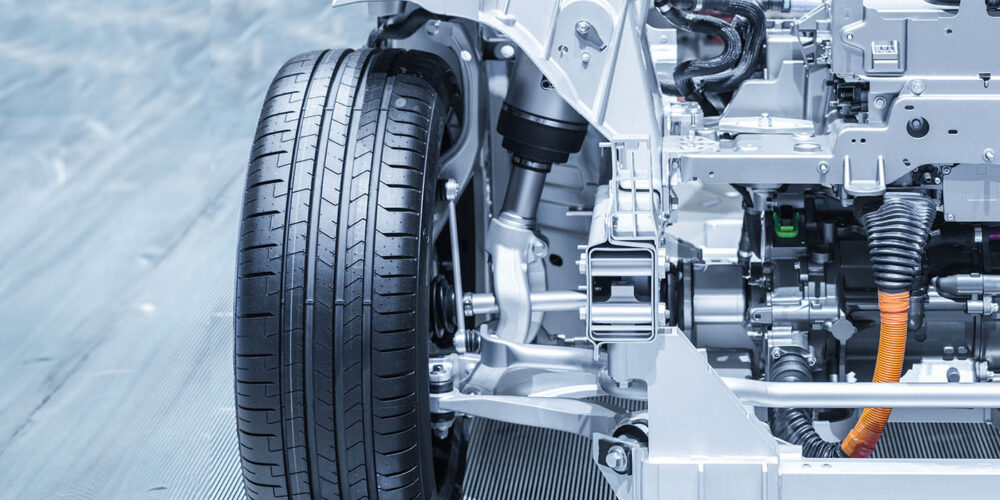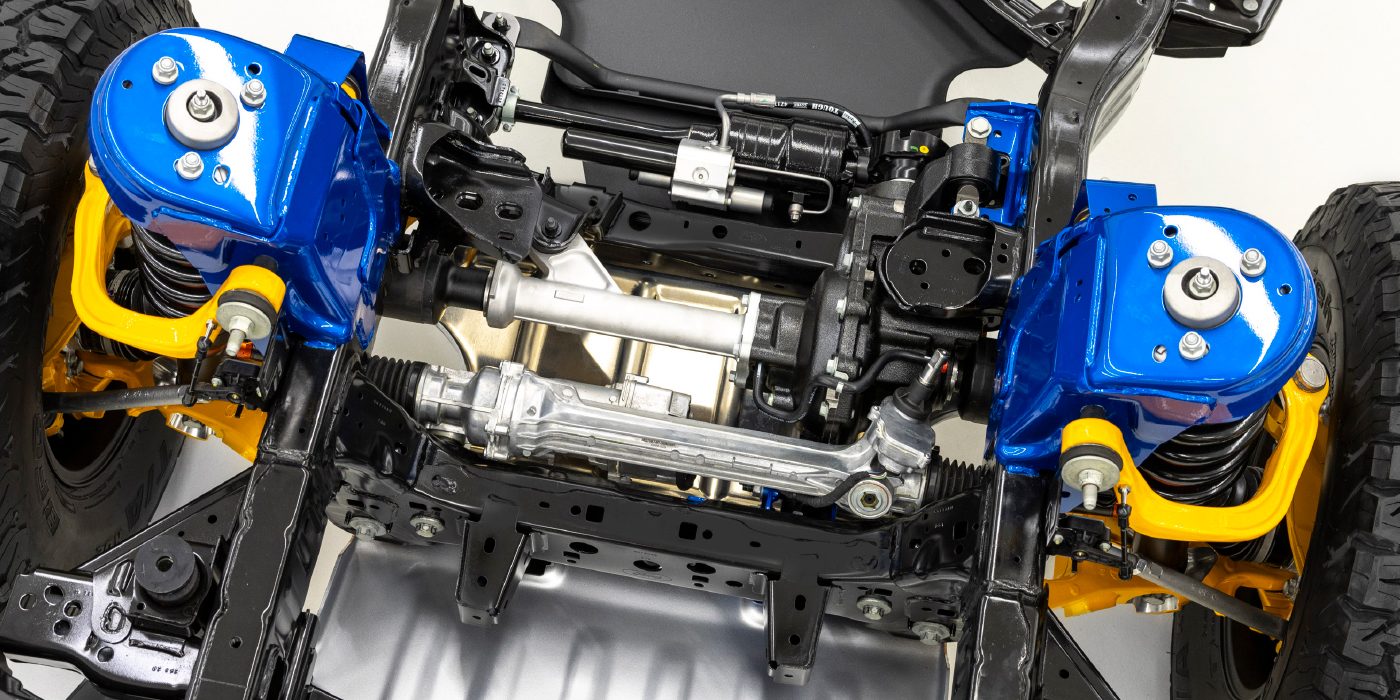
GM, Ford, BMW and just about every other manufacturer has a 10-year-old vehicle on the road with an air ride suspension at the rear or at all four corners. These systems could be as exotic as a Land Rover Defender or as common as a Ford Explorer. Chances are one of these vehicles will be coming to your shop sooner rather than later.
Education
Servicing air ride systems has changed. The diagnostic skills you learned solving underhood driveability problems are more important than just swapping parts.
 The number one area you will need diagnostic training for is the vehicle serial data bus. Modern air suspension modules typically are connected to the body control, ABS and even powertrain control modules with a serial data bus, like hi- or low-speed CAN. Air ride systems will also use the information from other modules, including speed, inclination and brake pedal force. A communication error or a problem with the bus can take the air suspension offline and activate a safe mode.
The number one area you will need diagnostic training for is the vehicle serial data bus. Modern air suspension modules typically are connected to the body control, ABS and even powertrain control modules with a serial data bus, like hi- or low-speed CAN. Air ride systems will also use the information from other modules, including speed, inclination and brake pedal force. A communication error or a problem with the bus can take the air suspension offline and activate a safe mode.
Next, you’ll need sensor diagnostic training. The modern suspension measures a lot more than just ride height, with late-model systems constantly measuring wheel displacement, compressor temperatures and system pressures with great speed and accuracy. Many of these sensors are more complex than potentiometers or switches.
Tools
The most important tool in your air ride arsenal is a scan tool that can communicate with the modules that control the compressor, valving and sensors. You will need a scan tool that can read codes, display data and recalibrate the system. Without one, you could just be swapping parts, and on vehicles that require flashing a new module, you could be in trouble.
Modes
The most important thing to remember about a modern air suspension system is that it has different modes that adapt to the driving conditions and vehicle dynamics.
Almost all four-corner systems will lower the ride height at highway speeds to increase fuel economy and improve handling. Some SUVs will increase ride height as requested or in response to increased wheel displacement and wheel slippage at certain speeds. Some systems may open up the valving and even disconnect a sway bar link on some BMW and Jeep models.
Behind the scenes, the air ride module is always analyzing the compressor to see if excessive heat is compromising its operation.
Most systems have fail-safe modes that preserve the system until it can be serviced. This means that the control module will not allow the compressor to melt down if there is a leak. Also, most units will keep minimum pressure or height in order to prevent a bladder from fully compressing and the suspension from bottoming out.
Most of the information on air ride modes of operation can be found in the theory/operation and diagnostic sections of the service information.
 Compressors
Compressors
Modern air suspension systems are dry systems with a piston-type compressor. Moisture or other contaminates can damage the compressor. The piston is sealed in the bore with a ring of resin material. For most systems, the ring wears and the compressor is unable to generate enough pressure to operate the system. The control module can’t measure the wear on the ring, but it can measure the amount of time the compressor runs.
Most systems will not immediately turn on the compressor when the engine is started and will trim the suspension from the air in the reservoir. Some systems will not engage the compressor until the vehicle has reached a predetermined speed like 25 mph. These rules are in place so moving air will cool the compressor and so the driver will not notice the compressor operating while the vehicle is stopped.
Weak compressors can cause a number of symptoms that can be interpreted as leaks. Most systems will set a code stating that the system can’t detect a pressure difference in the reservoir when the compressor is running. Often this code is interpreted by a technician as a problem with the reservoir or lines leaking and not an issue with the compressor.
Air Bladders/Springs
Air springs normally last 80,000 to 100,000 miles. Over this time, the rubber bladder dries out and cracks appear around the bottom piston. However, the computer and height sensors generally last the life of the vehicle. Advances in the synthetic materials that compose the air bag make the air chamber resistant to leaks and tears.
The air bladders are the easiest items to diagnose by far, but remember that this is not the only functional part of the air strut. Below the air bladder is a dampener that is subjected to the same conditions as a conventional spring strut, and a faulty dampener can cause loss of dampening force, bent strut rods and normal road damage. Some customers may notice a loss in ride quality that might not be attributed to the air spring part of the strut.
Air Dryers
Be sure to replace the air dryer as part of any air ride service. The air dryer becomes saturated with moisture when the compressor is overworked because of a leak in the system. Replacing the air dryer will prolong the life of the air compressor and air spring solenoids.
Don’t turn away air ride problems from your shop or steer them to the dealer. The parts and tools are available to restore an air suspension to full operating condition or even convert the system to conventional springs. Always advise the customer that not repairing the air ride system will remove some functionality from the vehicle, such as adjustable ride control and load leveling.
With more and more air-ride-equipped vehicles accumulating miles, you can expect to see a steady stream of these air ride systems in your bays. You also have more options than ever before when it comes to replacement parts and conversion kits.













